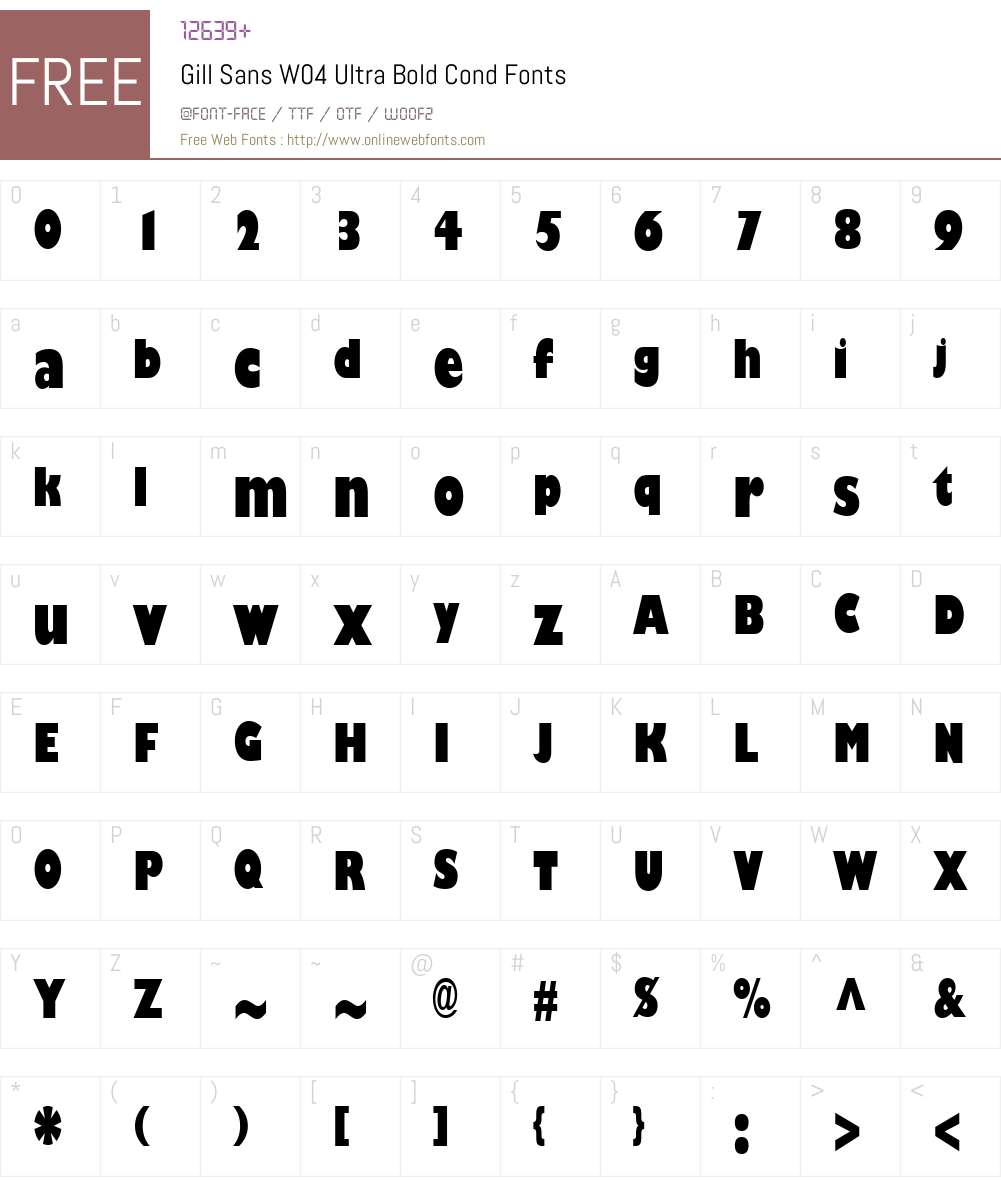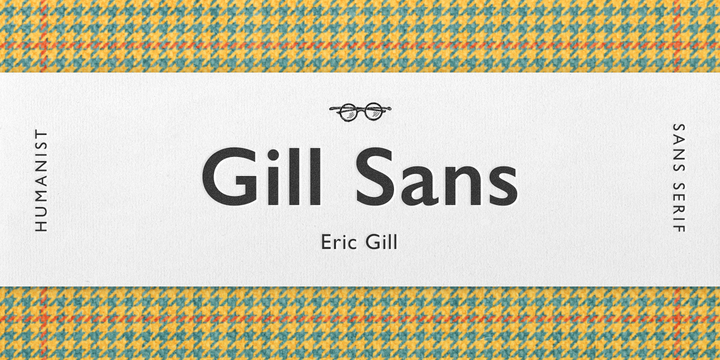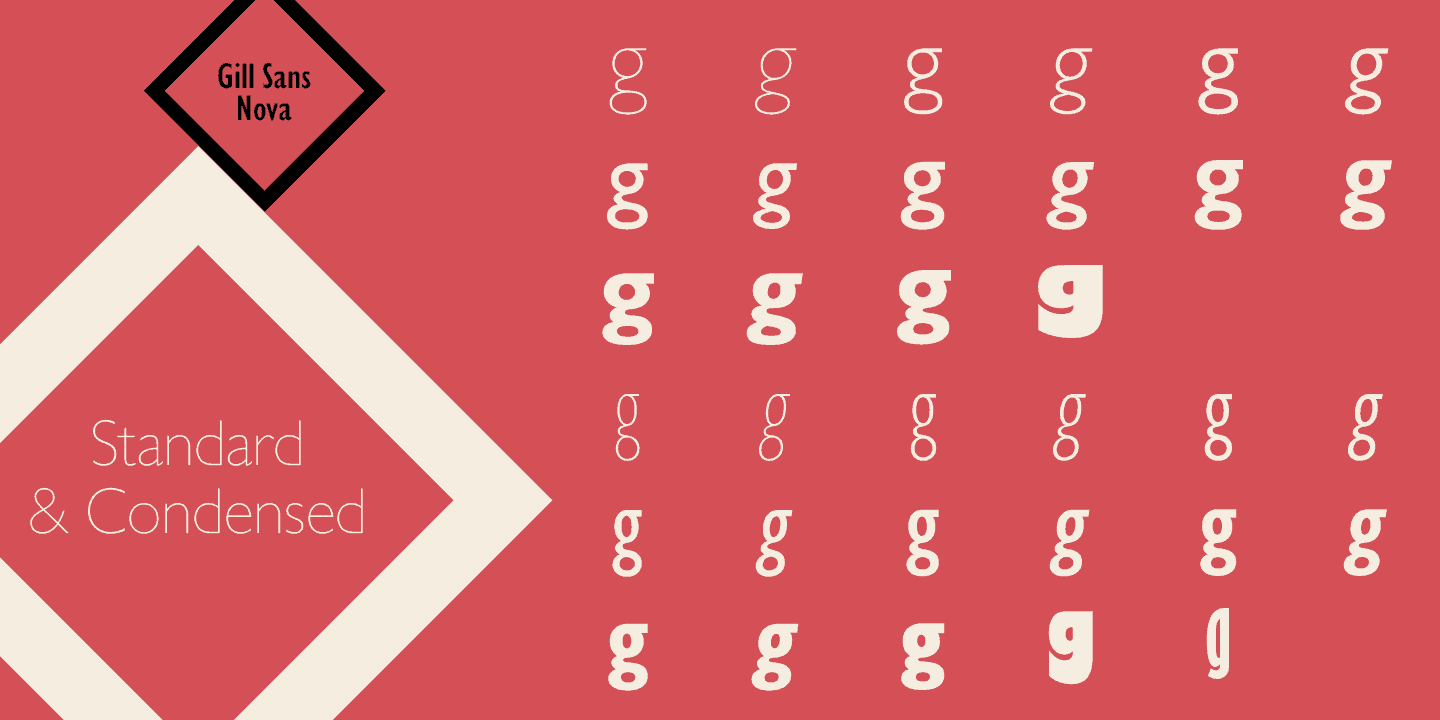

> me, if it affects a site you use regularly it's enough to make you switch > with this problem correctly so this will be seen as a FireFox bug. > However, Firefox 3.6, Chrome 7.0.517.44 and Safari 5.0.2 all render the sites > machine is the Ultra Bold version, so this would appear to be correct > As Doug Wright pointed out above, the only "Gill Sans" font installed on my > (gfx.font_ is set to false).ĭirectWrite is *always* used, regardless of this setting, if the browser is running in Direct2D mode (which is true by default in the latest betas). As far as I know DirectWrite is not enabled > "Gill Sans" appears first in the font-family list (eg
#Gill sans semibold font pc windows 7#
> I'm having this issue with Firefox 4.0beta7 on Windows 7 on sites that where

In this particular case, reordering the names in the CSS to put Gill Sans MT before Gill Sans should fix the issue, but of course this is dependent on what fonts are actually installed people with different collections may see different results. It seems to indicate a poorly-organized or inconsistently-named collection of fonts, and there's nothing we can do about that.
#Gill sans semibold font pc mac#
And so that's what you get.įWIW, I believe you'd see the same behavior on the Mac if the same set of fonts were installed. The problem arises because of the inconsistency where the other weights are apparently named "Gill Sans MT" rather than "Gill Sans", so the Ultra Bold weight is the ONLY member of the "Gill Sans" family. So Gill Sans Ultra Bold is recognized as belonging to the Gill Sans family, rather than being isolated in a separate family of its own. (This is also why Arial Black is separated from the main Arial family under GDI.) To support this, members of such font families may include a couple of "family" names - one for Windows, where subgroups of the "real" family are given separate Windows family names so that GDI can access them, and a second, "preferred" family name for systems that can handle additional weights.ĭirectWrite can cope with more than just the regular and bold weights in a family, and so it organizes fonts according to their preferred family names rather than the old Windows name.

Under GDI, "font families" are limited to 4 members (regular/bold/italic/bolditalic), and so when a typeface has a large number of weights (such as "light", "semibold", "extrabold", etc) it has to be artificially split into separate families for GDI purposes. Yes, I think this is probably correct (I don't have MS Office or Publisher, to actually check the details of the bundled fonts, so what follows is my interpretation based on the description above, and what I know about how Windows organizes fonts). > cc:ing jdaggett and jfkthame for their opinions. > handling of families with lots of weights, but DirectWrite might be better. > That sounds like it could be correct behavior. > to cause the "Gill Sans Ultra Bold" font to be used. > name) and "Gill Sans MT" takes effect, but under DirectWrite "Gill Sans" seems The "Included with" column indicates the first edition of Windows in which the font was included.> Under GDI "Gill Sans" is skipped (as there's no font installed with that exact

Typefaces only shipped with Microsoft Office or other Microsoft applications are not included. This is a list of typefaces shipped with Windows 3.1x through Windows 10.


 0 kommentar(er)
0 kommentar(er)
